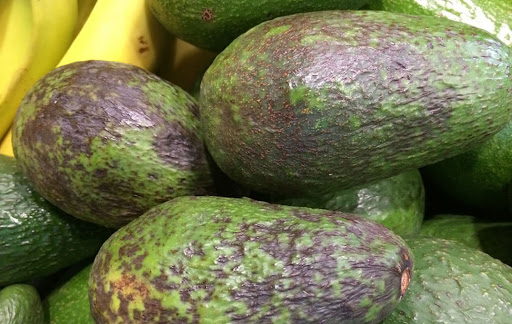BIOLOGICAL OBJECTIVE: Avocado Hass crop diseases represent a serious problem for exports. In this sense, anthracnose is one of the main diseases that attack the fruit with a wide distribution and economic importance in all areas where it is produced, causing losses of 20 to 30%. If the attack is very severe, coupled with poor management of the disease, this percentage may even rise. It is a disease that, in addition to damaging the flower and fruit tie by 10%, also damages tender branches and leaves, thereby reducing the photosynthetic capacity of the tree. It is common to observe it, in addition to Avocado Hass, in tropical crops such as mango, banana, papaya, passion fruit, citrus, and other fruit crops.
Anthracnose is caused by two pathogens: Colletotrichum gloeosporioides (Penz) Penz & Sacc. and Colletotrichum acutatum of the Ascomycetes family. The latter pathogen has a more limited host range, more abundant spore masses and is more orange in color, and develops more slowly. The conidia (set of microspores) of C. gloeosporioides are produced on dead leaves and branches inside the tree canopy and are dispersed by water during the rainy season.
Once deposited on the surface of the fruit and with free water, the conidia germinate in 7 hours. A germ tube (10-20 μm in length) originates from each conidium, developing a terminal appressorium after 5 or 6 hours after the tube emerged. A hypha emerges from the appressorium that penetrates the cuticle of the epidermis or rind of the fruit. This hypha remains dormant until the fruit ripens due to the presence of antifungal compounds in the epidermis.
As the fruit ripens, these compounds reduce their concentration and the growth of the fungus is activated, also affecting the outermost part of the pulp. Subsequently, the fungus fructifies below the surface of the fruit until the cuticle and peel are broken and the conidia are again released into a mucilaginous matrix to be dispersed by the water.
More info?
Download Here the Invertebral Suggestions report 2021 for Anthracnose orchard control.
También puede obtener más información en INIFAP https://www.redalyc.org/journal/2631/263153823009/html/

